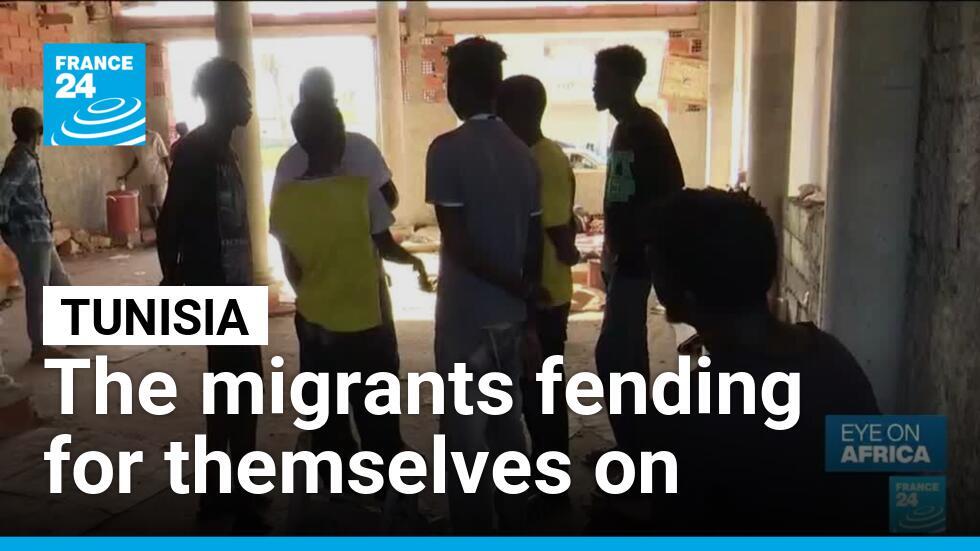Potential employers view job candidates differently if they post online about mental health
It is increasingly common for people to discuss mental health challenges on social media platforms, but a new study finds these disclosures can affect the way potential employers view job applicants.
“People are often encouraged to discuss their mental health struggles on social media with the goal of reducing the stigma associated with mental health challenges,” says Lori Foster, co-author of a paper on the study and a professor of psychology at North Carolina State University.
“We think reducing stigma around mental health is extremely important, but our study suggests that mental health posts on platforms such as LinkedIn could have unforeseen consequences for people disclosing their mental health challenges.”
“Specifically, we found that these disclosures can influence the way people view us in professional contexts,” says Jenna McChesney, first author of the study and assistant professor of psychology at Meredith College who worked on the study while a grad student at NC State. “It’s important for people to take that into consideration when determining whether to share their mental health experiences online.”
For the study, the researchers set out to determine the extent to which posts about mental health on LinkedIn affected perceptions of an individual’s personality and future performance in the workplace.
To address the question, the researchers enlisted 409 professionals with hiring experience to participate in a study. About 25% of the participants were shown the LinkedIn page of a job candidate, with no mention of mental health challenges. Another 25% of the participants were shown the same LinkedIn page, but it included a post mentioning the candidate’s experiences with anxiety and depression. A third quarter of the study participants saw the LinkedIn profile and heard an audio interview with the candidate. And the last 25% of participants saw the LinkedIn profile, including the post about anxiety and depression, and heard the audio interview. All of the study participants were then asked a series of questions about the job candidate’s personality and future performance in the workplace.
“We found that study participants who saw the LinkedIn post about mental health challenges viewed the job candidate as being less emotionally stable and less conscientious,” McChesney says. “Hearing the interview lessened a study participant’s questions about the candidate’s emotional stability, but only slightly. And hearing the interview did not affect the views of participants about the job candidate’s conscientiousness. In other words, the perceptions evaluators had after seeing the LinkedIn profile largely persisted throughout the interview.
“Our findings don’t mean people should refrain from posting about anxiety and depression on LinkedIn,” McChesney says. “However, people who are considering posting about these issues should be aware that doing so could change future employers’ perceptions of them.”
“There is a big push for people to always be their full authentic selves, but there has been little research into any positive or negative consequences associated with that,” Foster says. “This study is a step toward getting a more complete picture, and it highlights just how much additional work is needed.
“There are also implications for employers,” Foster says. “When hiring managers look up candidates on LinkedIn, they risk seeing information that can color their perceptions, even subconsciously. Organizations should implement guidelines for using LinkedIn during the hiring process to encourage equitable comparisons among all candidates, including those who openly discuss mental health challenges.”
The paper, “Is It #okaytosay I Have Anxiety and Depression? Evaluations of Job Applicants Who Disclose Mental Health Problems on LinkedIn,” is published in the Journal of Business and Psychology.
JOURNAL
Journal of Business and Psychology
METHOD OF RESEARCH
Experimental study
SUBJECT OF RESEARCH
People
ARTICLE TITLE
Is It #okaytosay I Have Anxiety and Depression? Evaluations of Job Applicants Who Disclose Mental Health Problems on LinkedIn







